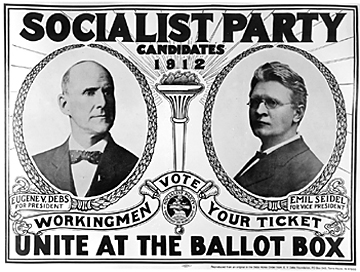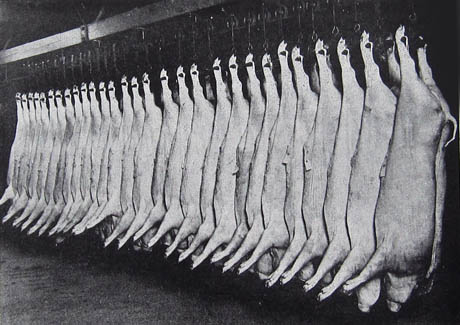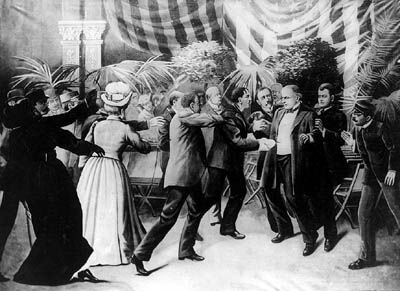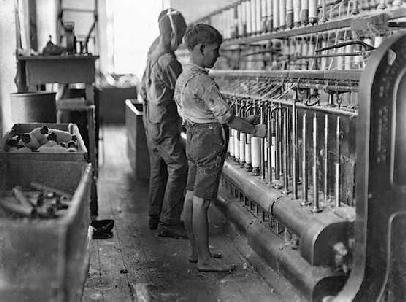Progressive Era = Progress ?
 Woodrow Wilson (1856-1924) was the 28th President of the United States.
Woodrow Wilson (1856-1924) was the 28th President of the United States.
President Wilson, argued towards a stronger central government. He also was fighting for anti-legislation and labor rights for all workers. One of his first and many accomplishments was him singing the underwood tariff. The underwood Tariff provided substantial reduction rates on imported goods and was further moved into reduction of cost of living.







 The Federal Trade Commission was established by the U.S. Congress. Five members are joined together for a seven year term to police businesses. The main goal of this board is to promote and protect the rights of consumers. This includes identity theft, false advertising, monopolies, any kind of unfair business competition and price-fixing. Finally citizens were protected from market abuse and enjoyed ‘industrial freedom.’
The Federal Trade Commission was established by the U.S. Congress. Five members are joined together for a seven year term to police businesses. The main goal of this board is to promote and protect the rights of consumers. This includes identity theft, false advertising, monopolies, any kind of unfair business competition and price-fixing. Finally citizens were protected from market abuse and enjoyed ‘industrial freedom.’















